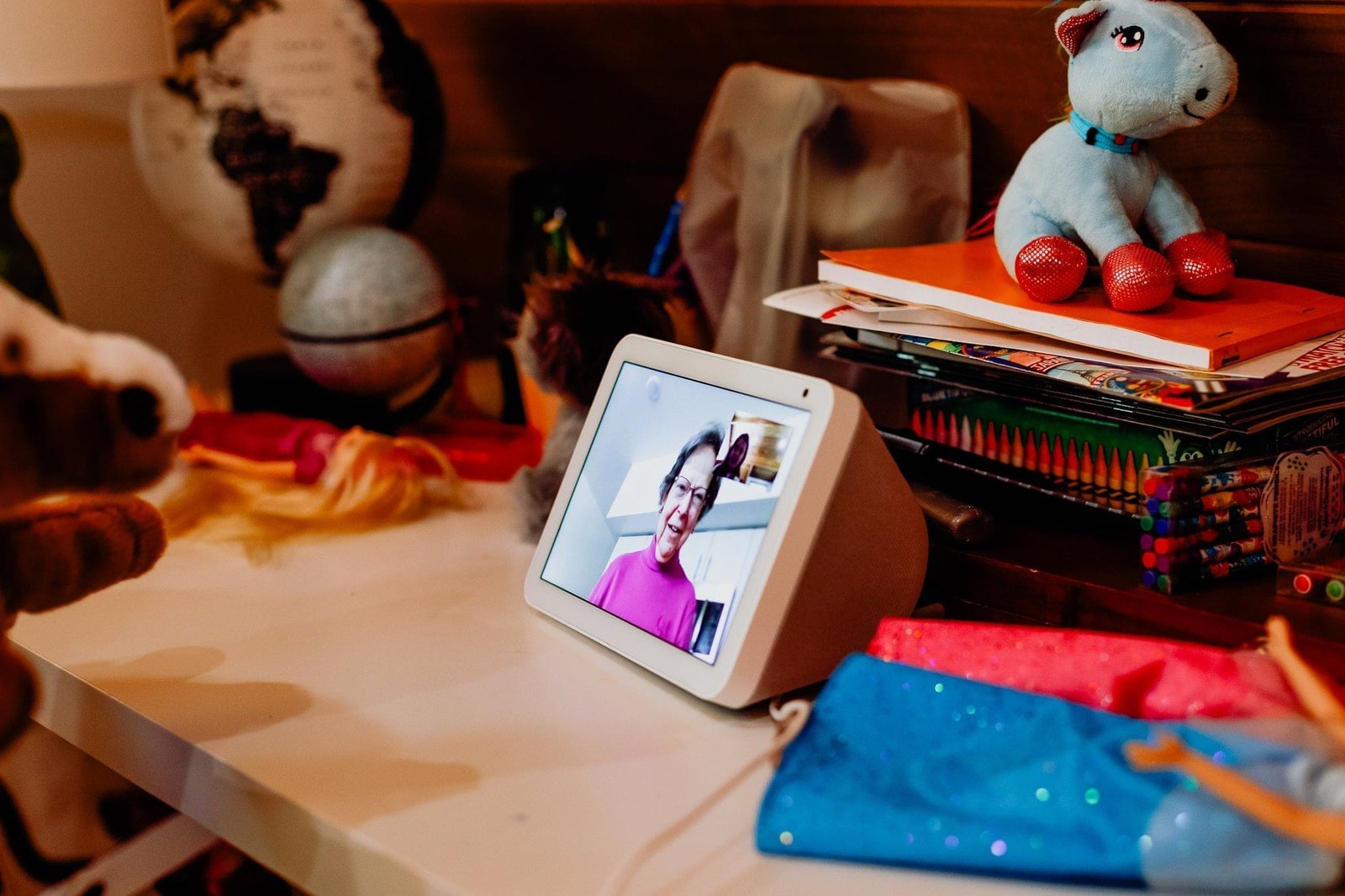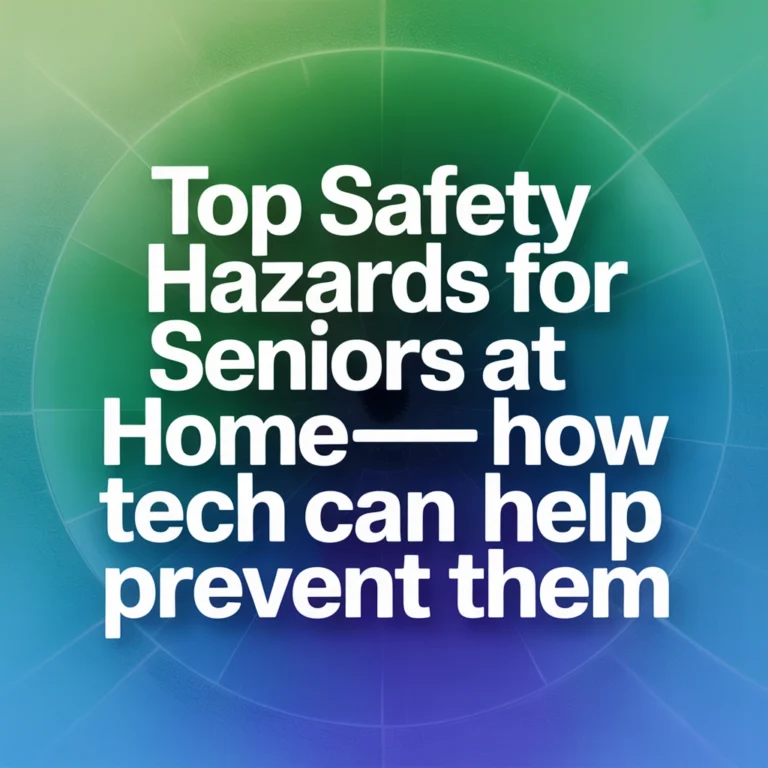As we age, many of us encounter challenges that can make it harder to live independently. However, assistive technology offers a way for seniors to maintain their independence and stay connected with the world around them. In this blog post, we will explore 10 smart home devices that can support seniors in living safely and independently at home. From voice-activated smart speakers and wearable devices; to advanced appliances and medical alert systems – these technologies can significantly enhance the quality of life for seniors. If you have an older loved one, these devices could be the key to helping them remain safe and self-sufficient at home.
There is a wide range of smart home devices that can cater to the unique needs and preferences of seniors. Here are some examples to consider:
Smart Speakers: Devices like Amazon Echo or Google Home respond to voice commands and can handle a variety of tasks. Seniors can use them to set reminders for medications, answer questions, play music, or control other smart home devices. For instance, a senior can say, “Alexa, remind me to take my medication at 8 PM,” ensuring they don’t miss their dosage.
Smart Lighting: Smart lighting systems can be operated through a smartphone app or voice commands. This feature is particularly useful for seniors who may have difficulty reaching light switches. They can easily turn lights on or off and adjust brightness levels without getting up from their chair or bed. Imagine a senior telling their smart speaker to dim the lights for a cozy evening or to turn on the lights in the morning without leaving their bed.
Smart Thermostats: These devices let seniors adjust their home’s temperature using a smartphone app or voice commands. Some even learn the user’s schedule to adjust automatically. For example, a thermostat can ensure the home is warm when the senior wakes up and cool when they go to bed, all without manual changes.
Smart Appliances: Appliances like refrigerators, washing machines, and dryers can be controlled with a smartphone app or voice commands. Such features is making household tasks easier. For instance, a senior can start laundry from the living room or check if the fridge door is closed using their phone.
Medical Alert Systems: These systems enhance safety by allowing seniors to call for help using a wearable device or home console. If a senior falls, they can press a button on their wearable to alert emergency services or family members immediately.
Smart Locks: These locks let seniors lock and unlock doors with a smartphone app or voice commands, removing the need for keys. This is especially helpful for those with arthritis or mobility issues. Seniors can also grant temporary access to caregivers without handing over a key.
Smart Security Cameras: These cameras let seniors monitor their home via a smartphone app, adding security. They can check who is at the door without opening it or keep an eye on different areas of their home, offering peace of mind.
Smart Smoke Detectors: These detectors send alerts to a senior’s smartphone or smart speaker when they detect smoke or carbon monoxide, prompting quick action. For example, if smoke is detected in the kitchen, the senior receives an immediate notification to stay safe.
Smart Sprinkler Systems: These systems allow seniors to water their plants or lawn using a smartphone app or voice commands, reducing physical effort. This feature is great for those who enjoy gardening but may find manual watering too demanding.
Smart Doorbells: Smart doorbells let seniors see and communicate with visitors remotely via a smartphone app. This feature provides additional security and convenience, as they can screen visitors before deciding whether to open the door.
When selecting smart home devices, it’s crucial to consider the specific needs and abilities of the senior. Consulting with a healthcare professional or a technology specialist can also provide valuable recommendations tailored to individual situations.
For more insights on aging gracefully with comfort and style, visit SeniorThrive’s website. If you have any questions or need further assistance, feel free to reach out through our Contact Us page.



